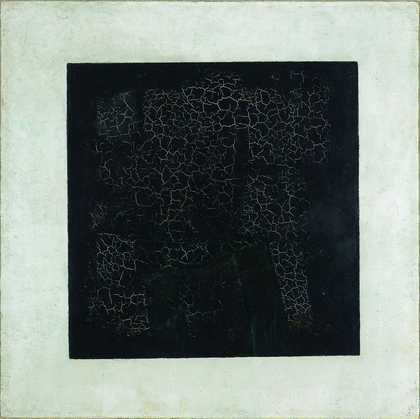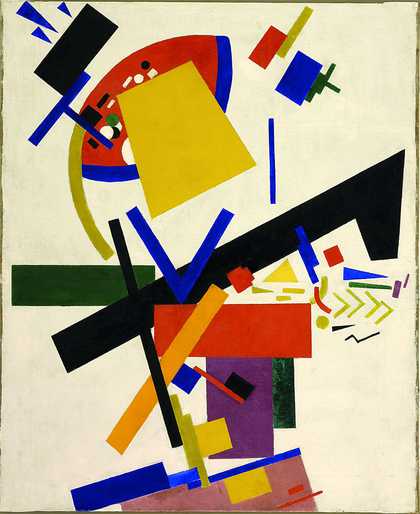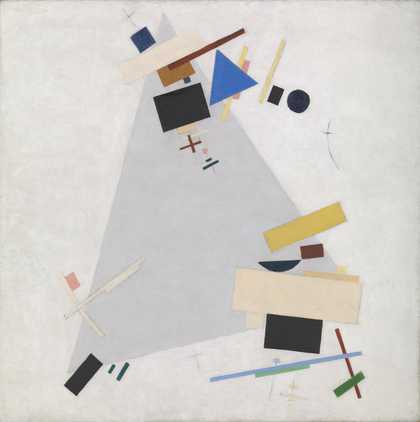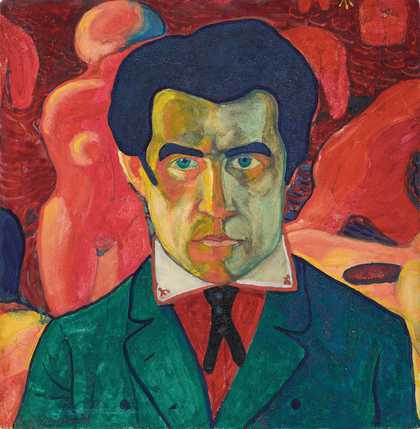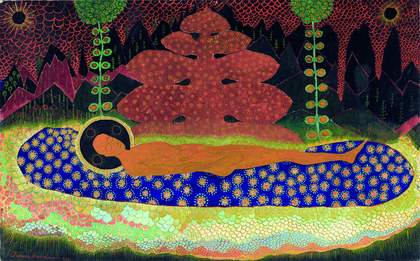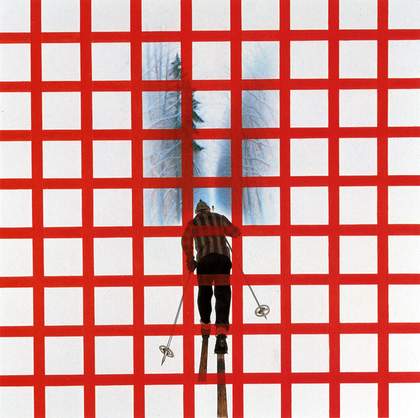Kazimir Malevich, an artist as influential as he was radical, cast a long shadow over the history of modern art. This, his first retrospective in thirty years and the first ever in the UK, unites works from collections in Russia, the US and Europe to tell a fascinating story of revolutionary ideals and the power of art itself.
Malevich (1879–1935) lived and worked through one of the most turbulent periods in twentieth century history. Having come of age in Tsarist Russia, Malevich witnessed the First World War and the October Revolution first-hand.
His early experiments as a painter led him towards the invention of suprematism, a bold visual language of abstract geometric shapes and stark colours, epitomised by the Black Square. One of the defining works of Modernism, the painting was revealed to the world after months of secrecy and was hidden again for almost half a century after its creator’s death. It sits on a par with Duchamp’s ‘readymade’ as a game-changing moment in twentieth century art and continues to inspire and confound viewers to this day.
Starting from his early paintings of Russian landscapes, agricultural workers and religious scenes, the exhibition follows Malevich’s journey towards abstract painting and his suprematist masterpieces, his temporary abandonment of painting in favour of teaching and writing, and his much-debated return to figurative painting in later life.
This film file is broken and is being removed. Sorry for any inconvenience this causes.
TateShots: Malevich, First Look
Bringing together paintings, sculptures, theatre and an unprecedented collection of drawings it offers a complete view of his career, celebrating some of the most progressive art ever made.
With generous loans from the Khardzhiev Collection, Amsterdam and the Costakis Collection, SMCA-Thessaloniki.
The exhibition is organised by Tate Modern, in collaboration with the Stedelijk Museum, Amsterdam and Art and Exhibition Hall of the Federal Republic of Germany, Bonn.
'Once in a lifetime’ is an overused description but it really applies here... Unmissable.
Time Out *****Each painting unleashes itself like a firework.
The ObserverThe two rooms filled with what Malevich christened suprematism are two of the most exciting spaces I have walked into at Tate Modern.
The Sunday Times*****
The Times*****
Evening StandardHere's the show I've always wanted to see
Waldemar Januszczak, The Sunday Times

